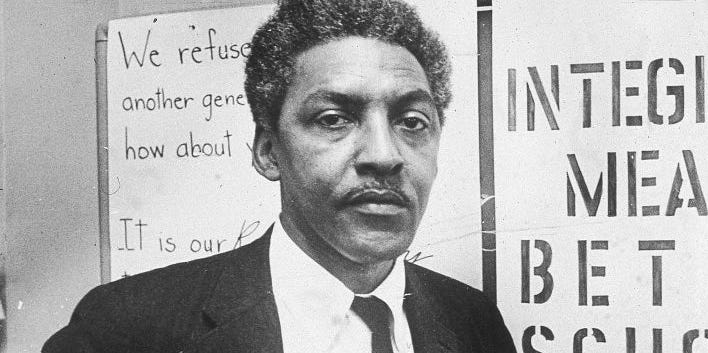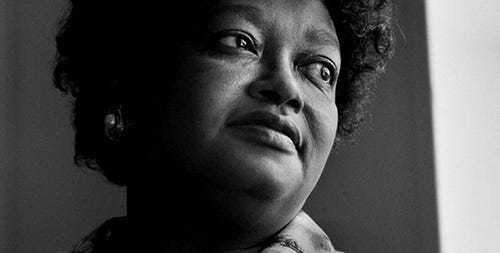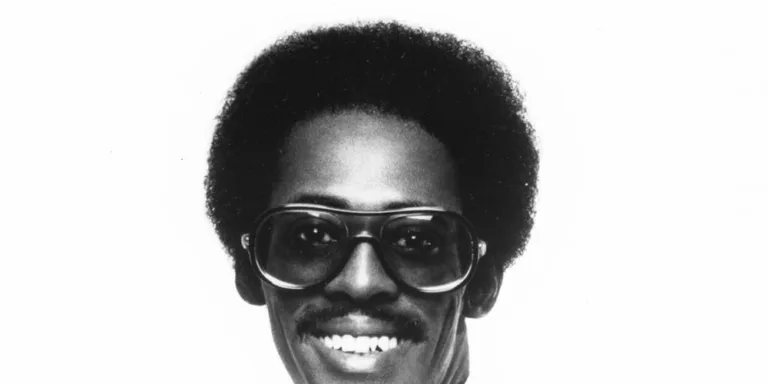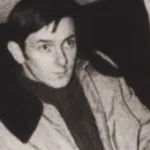Bayard Rustin was a truly remarkable figure in the American civil rights movement. While he may not be as widely recognized as some other leaders of that era, his contributions were absolutely crucial to Its Success. He possessed a brilliant strategic mind and an exceptional ability to organize people and movements.
Rustin’s dedication to social justice stemmed from a deep understanding of the systemic inequalities faced by marginalized communities. His personal experiences with discrimination, including facing prejudice due to his homosexuality, fueled his passion for creating a more equitable society for all. This commitment led him to work tirelessly alongside prominent figures like A. Philip Randolph and Martin Luther King Jr., contributing his expertise and unwavering support To Their Campaigns.
One of Rustin’s most significant legacies is the March on Washington for Jobs and Freedom in 1963. This monumental event, where Martin Luther King Jr.’S Iconic “I Have A Dream” speech resonated across the nation, was largely orchestrated by Rustin’s meticulous planning and organizational prowess. His influence on the civil rights movement continues to inspire activists today, as evidenced by the recent biographical film Bayard Rustin, which sheds light on his invaluable contributions.
Early Life and Activism
Bayard Rustin’s journey began in West Chester, Pennsylvania, where he was born in 1912. His early life was deeply shaped by the social and political climate of the time, witnessing firsthand the pervasive racism and discrimination that plagued American society. This exposure ignited a fire within him, fueling his desire to fight for equality and justice from a young age.
Rustin’s commitment To Activism blossomed during His Teenage Years. He became involved in various organizations Dedicated To Social Change, immersing himself in the burgeoning civil Rights Movement. His intellectual curiosity led him to study philosophy and nonviolent resistance, drawing inspiration from figures like Mahatma Gandhi. These experiences profoundly influenced his approach To Activism, shaping his belief in the power of peaceful protest and strategic organization.
As he matured, Rustin’S Involvement Deepened, leading him to work alongside renowned civil rights leaders like A. Philip Randolph. He honed his skills as a strategist and organizer, playing a pivotal role in planning and executing numerous campaigns for social justice. By the time he reached adulthood, Rustin had firmly established himself as a rising force within the movement, his Bayard Rustin biography already marked by significant contributions to the fight for equality.
Strategic Role in The Civil Rights Movement
Bayard Rustin’s strategic brilliance was instrumental in shaping the course of the civil rights movement. He possessed a keen understanding of political landscapes and an ability to craft effective strategies that maximized impact. Rustin believed in the power of Nonviolent Resistance, drawing inspiration from Mahatma Gandhi’s teachings and advocating for peaceful protests as a means to achieve social change.
Rustin’s organizational skills were equally impressive. He was adept at mobilizing people, Coordinating Resources, and building coalitions among diverse groups. His meticulous planning and attention to detail ensured that campaigns ran smoothly and effectively. Rustin understood the importance of public awareness and media coverage, skillfully leveraging these tools to bring attention to the movement’s cause and put pressure on policymakers.
One of Rustin’s most significant contributions was his role in organizing the March on Washington for Jobs and Freedom in 1963. This monumental event, where Martin Luther King Jr.’s “I Have A Dream” speech captivated the nation, showcased Rustin’s ability to bring together millions of people under a common banner. His strategic planning and organizational prowess made the march a resounding success, solidifying his place as one of the most influential figures in the Civil Rights Movement.
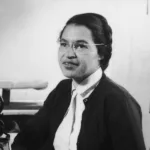 Rosa Parks Timeline: From Activism to Icon
Rosa Parks Timeline: From Activism to IconFacing Discrimination as an Openly Gay Man
Despite his immense contributions to the Civil Rights Movement, Bayard Rustin faced a unique form of discrimination due to his homosexuality. During a time when societal attitudes towards LGBTQ+ individuals were deeply entrenched in prejudice, Rustin’s personal life often became a target for scrutiny and attacks. This added another layer of complexity to his already challenging work advocating for equality for all.
Rustin understood the importance of transparency and chose to live openly as a gay man, defying societal norms and expectations. He believed that hiding his true self would ultimately undermine his message of inclusivity and justice. However, this decision often came at a Personal Cost, subjecting him to public criticism and attempts to discredit his activism by Exploiting His Sexuality.
Despite these challenges, Rustin remained steadfast in his commitment to the cause. He refused to allow prejudice to silence him or deter him from fighting for equality. His courage and resilience serve as a powerful reminder that even in the face of adversity, individuals can make a profound difference by staying true to their values and advocating for what they believe in.
Legacy and Lasting Impact
Bayard Rustin’s legacy continues to inspire activists and Social Justice Advocates Today. His unwavering commitment to nonviolent resistance, Strategic Brilliance, and tireless organizational efforts played a pivotal role in shaping the course of the civil rights movement. Though often overlooked in mainstream narratives, his contributions are now being recognized and celebrated with renewed appreciation.
The recent biographical film “Rustin” sheds light on his life and work, reminding audiences of his profound impact. His story serves as a testament to the power of individual action and the enduring importance of fighting for equality. Rustin’S Legacy Transcends His Time, Offering Valuable Lessons About Strategy, organization, and perseverance in the face of adversity.
As we continue to strive for a more just and equitable society, Bayard Rustin’s life and work offer a powerful example of how one person can make a lasting difference. His unwavering commitment to social change reminds us that progress is possible Through Collective Action, Strategic Planning, and a steadfast belief in the power of nonviolent resistance.
Remembering a Civil Rights Icon
Though Bayard Rustin passed away in 1987, his memory continues to inspire and guide activists working for social justice today. His life serves as a powerful reminder that even in the face of immense challenges, individuals can make a profound difference through their unwavering commitment to equality and human rights.
Rustin’s legacy is not just about his accomplishments during the civil rights movement; it’s also about the values he embodied: courage, resilience, Strategic Thinking, and a deep belief in the power of nonviolent resistance. His story encourages us to stand up for what we believe in, Even When It’s difficult, and to never give up on the pursuit of a more just and equitable world.
Remembering Bayard Rustin means honoring his legacy by continuing the fight for Social Justice. It means striving to create a society where everyone has equal opportunities and is treated with dignity and respect, regardless of their race, ethnicity, Sexual Orientation, or any other characteristic. His life serves as a beacon of hope, reminding us that progress is possible when we work together towards a Common Goal.
More for curious minds
Unlock extra content and exclusive deals tailored to your interests.

